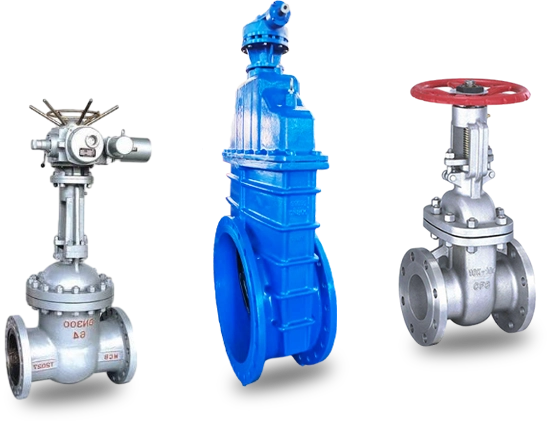foot valve 2.5 inch
Understanding the 2.5-Inch Foot Valve A Key Component in Fluid Management
In various fluid management systems, foot valves play a crucial role in ensuring smooth operations. One such size that stands out is the 2.5-inch foot valve. This article delves into the design, functionality, applications, and maintenance of 2.5-inch foot valves, highlighting why they are essential for various industries.
What is a Foot Valve?
A foot valve is a type of check valve that is installed at the lower end of a pipe or suction line. Its primary function is to maintain the prime in a pump by preventing the backflow of liquids when the pump is turned off. A foot valve typically includes a strainer to filter out debris from the liquid before it enters the pump, protecting it from damage and ensuring smooth operation.
The Design Characteristics of 2.5-Inch Foot Valves
The 2.5-inch foot valve is designed to accommodate a flow rate that corresponds to a pipe diameter of 2.5 inches. The design includes a robust housing, often made from durable materials such as brass, stainless steel, or PVC, to withstand various environmental conditions and resist corrosion. The internal components consist of a spring-loaded disc that opens during pumping and closes when the pump is off. This ensures that the liquid does not flow back into the source while maintaining a consistent supply of fluid to the pump.
The strainer attached to the foot valve is equally important. It typically features a mesh size adequate enough to filter out larger particles yet allows for optimal flow. The strainer's design reduces maintenance requirements while ensuring the efficiency and longevity of the foot valve and, consequently, the pump it serves.
Applications of 2.5-Inch Foot Valves
2.5-inch foot valves are widely utilized in several applications, including
1. Agriculture These valves are often found in irrigation systems where they support pumps that draw water from wells, ponds, or other water sources. They prevent water from flowing back into the source, ensuring that the pump remains primed for effective irrigation.
2. Wastewater Management In sewage and wastewater pumping applications, 2.5-inch foot valves are essential for maintaining flow control and preventing backflow, which can lead to overflows and system failures.
foot valve 2.5 inch

3. Industrial Settings Factories that utilize pumps for transferring chemicals, water, or other liquids often use foot valves to streamline their operations and protect pumps from potential damage caused by fluid backflow.
4. Fire Protection Systems These valves are also crucial in firefighting equipment, where they help maintain water supply in pressurized systems, ready for immediate deployment.
Maintenance and Best Practices
To ensure optimal performance of a 2.5-inch foot valve, regular maintenance is essential. Here are a few best practices
1. Inspection Periodically check the valve and strainer for any signs of wear, damage, or blockage. Regular inspections can help identify issues before they escalate into significant problems.
2. Cleaning Clean the strainer to remove any debris or sediment that could impede the flow. This maintenance task should be conducted regularly, particularly in environments with high levels of particulate matter.
3. Replacement of Worn Parts If the internal components, such as the disc or spring, show signs of wear, replacing them promptly can prevent failures and protect the system.
4. Pressure Considerations Always ensure that the foot valve is rated for the pressure conditions of your particular application. Using a valve that cannot withstand the required pressure can lead to catastrophic failures.
Conclusion
The 2.5-inch foot valve serves as a critical component in various fluid management applications, playing an indispensable role in ensuring the efficiency and safety of pumping systems. Understanding its design, applications, and maintenance requirements can help users make informed decisions, ultimately leading to enhanced fluid management and system longevity. Whether in agriculture, industrial settings, or wastewater management, the foot valve exemplifies how small components can have significant impacts on overall operational success. By prioritizing maintenance and best practices, users can ensure that their foot valves, especially the 2.5-inch variants, continue to function effectively for years to come.
-
The Key to Fluid Control: Exploring the Advantages of Ball Valves in Industrial SystemsNewsJul.09,2025
-
The Versatile World of 1, 2, and 3 Piece Ball ValvesNewsJul.09,2025
-
Stainless Steel Ball Valves: The Ideal Choice for Efficient Flow ControlNewsJul.09,2025
-
Optimizing Fluid Control with Ball Float ValvesNewsJul.09,2025
-
Manual Gate Valves: Essential for Control and EfficiencyNewsJul.09,2025
-
Everything You Need to Know About Butterfly ValvesNewsJul.09,2025
-
The Versatility of Wafer Type Butterfly ValvesNewsJul.08,2025




